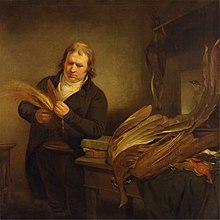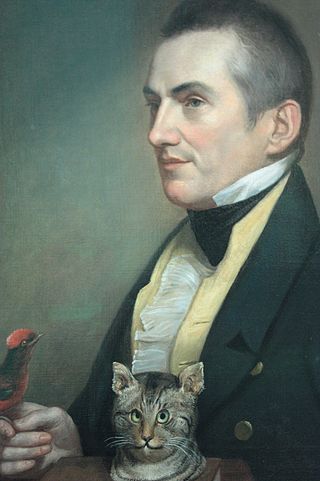
Charles Waterton was an English naturalist, plantation overseer and explorer best known for his pioneering work regarding conservation.

Taxidermy is the art of preserving an animal's body by mounting or stuffing, for the purpose of display or study. Animals are often, but not always, portrayed in a lifelike state. The word taxidermy describes the process of preserving the animal, but the word is also used to describe the end product, which are called taxidermy mounts or referred to simply as "taxidermy".

A diorama is a replica of a scene, typically a three-dimensional model either full-sized or miniature. Sometimes it is enclosed in a glass showcase for a museum. Dioramas are often built by hobbyists as part of related hobbies such as military vehicle modeling, miniature figure modeling, or aircraft modeling.

Carl Ethan Akeley was a pioneering American taxidermist, sculptor, biologist, conservationist, inventor, and nature photographer, noted for his contributions to American museums, most notably to the Milwaukee Public Museum, Field Museum of Natural History and the American Museum of Natural History. He is considered the father of modern taxidermy. He was the founder of the AMNH Exhibitions Lab, the interdisciplinary department that fuses scientific research with immersive design.
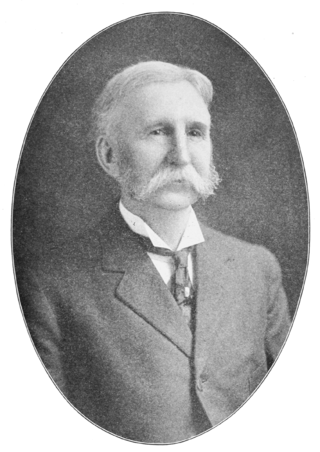
Frederic Augustus Lucas was a zoologist and taxidermist who served as a curator of the Brooklyn Museum and director of the American Museum of Natural History. He was an expert on the osteology and anatomy of birds.

James Rowland Ward (1848–1912) was a British taxidermist and founder of the firm Rowland Ward Limited of Piccadilly, London. The company specialised in and was renowned for its taxidermy work on birds and big-game trophies, but it did other types of work as well. In creating many practical items from antlers, feathers, feet, skins, and tusks, the Rowland Ward company made fashionable items from animal parts, such as zebra-hoof inkwells, antler furniture, and elephant-feet umbrella stands.
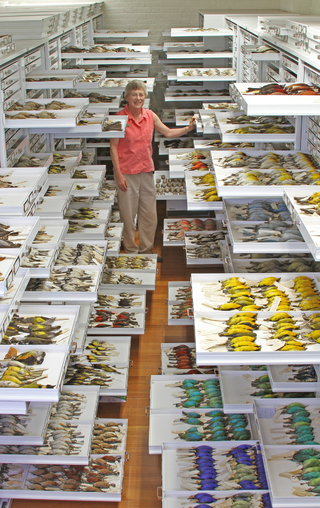
Bird collections are curated repositories of scientific specimens consisting of birds and their parts. They are a research resource for ornithology, the science of birds, and for other scientific disciplines in which information about birds is useful. These collections are archives of avian diversity and serve the diverse needs of scientific researchers, artists, and educators. Collections may include a variety of preparation types emphasizing preservation of feathers, skeletons, soft tissues, or (increasingly) some combination thereof. Modern collections range in size from small teaching collections, such as one might find at a nature reserve visitor center or small college, to large research collections of the world's major natural history museums, the largest of which contain hundreds of thousands of specimens. Bird collections function much like libraries, with specimens arranged in drawers and cabinets in taxonomic order, curated by scientists who oversee the maintenance, use, and growth of collections and make them available for study through visits or loans.

John Hancock was an English naturalist, ornithologist, taxidermist and landscape architect. Working during the golden age of taxidermy when mounted animals became a popular part of Victorian era interior design, Hancock is considered the father of modern taxidermy
James Lippitt Clark was a distinguished American explorer, sculptor and scientist.

Martha Ann Maxwell was an American naturalist, artist and taxidermist. She helped found modern taxidermy. Maxwell's pioneering diorama displays are said to have influenced major figures in taxidermy history who entered the field later, such as William Temple Hornaday and Carl Akeley. She was born in Pennsylvania in 1831. Among her many accomplishments, she is credited with being the first woman field naturalist to obtain and prepare her own specimens. She was inducted into the Colorado Women's Hall of Fame in 1985.

A zoological specimen is an animal or part of an animal preserved for scientific use. Various uses are: to verify the identity of a (species), to allow study, increase public knowledge of zoology. Zoological specimens are extremely diverse. Examples are bird and mammal study skins, mounted specimens, skeletal material, casts, pinned insects, dried material, animals preserved in liquid preservatives, and microscope slides. Natural history museums are repositories of zoological specimens
David James Schwendeman was an American taxidermist. Schwendeman was the last, full-time chief taxidermist for the American Museum of Natural History in New York City, serving in that position for twenty-nine years from 1959 until his retirement in 1988. Schwendeman was responsible for mounting and designing many of the specimens on display in the museum, including the collections in the Hall of North American Animals, the Hall of North American Birds, and the Hall of Reptiles and Amphibians.
There have been attempts to categorise taxidermy in both artistic and scientific terms for over a century. An 1896 review of Montagu Browne’s Artistic and Scientific Taxidermy and Modelling notes that “Any work which will aid in more clearly defining the difference between the art of taxidermy and the trade of taxidermy is to be welcomed.” Stephen T. Asma suggests that natural history museums are places where the art and science of taxidermy work in tandem. He writes, “natural history museums are inherently aesthetic representations of science in particular and conceptual ideas in general.” Asma also notes the taxidermy of Carl Ethan Akeley (1864-1926). Akeley’s work is known for merging the science and artistry of taxidermy through his “revolutionary action-pose techniques.” It is suggested that, “Akeley’s artistic powers were heightened by his firsthand studies of animal anatomy and animal behaviour.”
The conservation and restoration of fur objects is the preservation and protection of objects made from or containing fur. These pieces can include personal items like fur clothing or objects of cultural heritage that are housed in museums and collections. When dealing with the latter, a conservator-restorer often handles their care, whereas, for the public, professional furriers can be found in many neighborhoods.
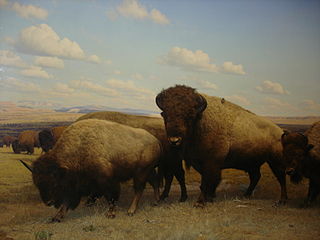
The conservation of taxidermy is the ongoing maintenance and preservation of zoological specimens that have been mounted or stuffed for display and study. Taxidermy specimens contain a variety of organic materials, such as fur, bone, feathers, skin, and wood, as well as inorganic materials, such as burlap, glass, and foam. Due to their composite nature, taxidermy specimens require special care and conservation treatments for the different materials.

Tocher and Tocher were a firm of Anglo Indian taxidermists located in Bangalore, India. William Tocher was born in India in 1853 and was of Scottish ancestry. William’s father, James, had arrived in India with the East India Company. William became involved in taxidermy as a hobby; he later started his own taxidermy business in 1906.

Sinclair Nathaniel Clark was a legendary taxidermy tanner, known throughout that industry for his expertise in tanning animal skins to give them the suppleness that taxidermists require to create lifelike, long-lasting displays. Tanning is the process of treating animal skins and hides for display and preservation. Because tanning is a behind-the-scenes operation of taxidermy, tanners are seldom known outside the industry.
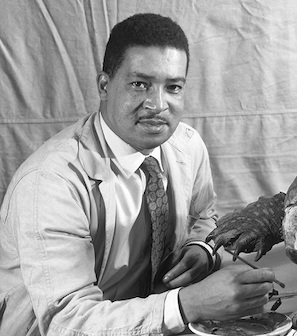
Carl Cotton (1918–1971) was an American taxidermist known for his work on exhibition development at the Field Museum of Natural History from 1947 to 1971. He was the first African American taxidermist at the Field Museum and, as noted by museum staff, likely the first professional black taxidermist in all of Chicago.

James Arnold Dickinson, MBE, is a British conservation-restoration taxidermist who repaired mounted animal skins and skeletons for museums in the United Kingdom for 40 years. Among his restoration works are the Leeds Irish elk, the Leeds polar bear, the Armley Hippo, and the Warrington seal.

Harry Ferris Brazenor was a British taxidermist. He was known especially for his work for Manchester and Salford museums, besides other institutions in Northern England. At Manchester Museum he was recognised for his taxidermy-mounted sperm whale skeleton, giraffe, polar bear, and a wolf with painted "blood" on its teeth. His work for Salford Museum included an Asian elephant displayed next to a tiny shrew. His Salford tiger was transferred to Leeds City Museum and is still displayed there. For Hancock Museum at Newcastle upon Tyne he mounted a bison bull, and for the former Belle Vue Zoological Gardens he mounted an Indian rhinoceros.

